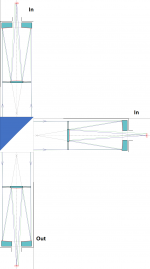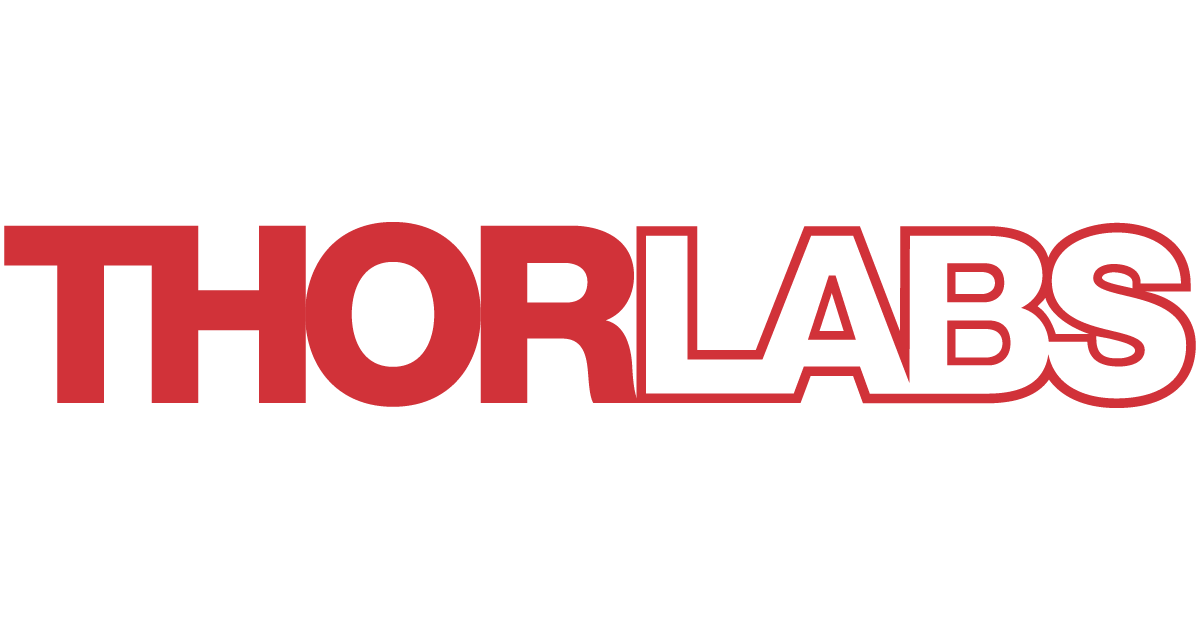What are the typical power limitations when it comes to combining beams using PBS cubes? I see them advertised commonly with power ratings of 5W or 8W but am not sure if that is per incident beam or overall. I suspect that if multiple beams were incident upon a cube (as we commonly see with knife edging sets) the issue becomes keeping the cube cool so that the film does not break down. Being glass, thermal conductance is not favourable.
I do not want to use the likes of a NUBM31-34T as the larger area calls for a larger lens and in turn a longer FL. I would like to super impose two NUBM38s.
For contexts sake:
I do not want to use the likes of a NUBM31-34T as the larger area calls for a larger lens and in turn a longer FL. I would like to super impose two NUBM38s.
For contexts sake:







